How to Neutralize Paint Stripper?
Learn how to neutralize it so that you could paint the surface later
It often happens that, when we need to apply a fresh coat of paint onto a surface that has been painted previously before, we have to get rid of that old layer of paint first.
And if long ago that could only be done through vigorous and extended peeling that used to take a lot of time and effort, today it is much simpler. You just need to use some paint stripper!
However, even this handy chemical has its nuances and rules of application. See, if you examine the surface that you removed paint from, you will see a sticky residue left after paint stripping.
That residue has to be removed, otherwise, you will not be able to apply a new coat of paint – simply because it will not adhere properly!
This is why in this article, we are going to tell you more about removing paint stripper.
You will learn how you should clean the paint stripper after you use it so that there is no residue left on the surface.
Also, you will find out what paint stripper actually is, and what it is used for exactly. In addition, we will explain how this substance should be used in case you need to strip the old layer of paint away accurately and safely without damaging the surface.
How Do I Remove Residue After Paint Stripping?
Imagine you have to repaint some sort of surface – a wall or a piece of furniture, no matter. The thing is that this surface has already been painted quite long ago, so now there is a layer of old paint on it that has to be removed!
If you leave it there, it might be difficult for you to apply the new coat of paint simply because it will not adhere properly, and the new paint won’t be able to spread in the same smooth and even layer is applied to the unprepared surface.
This is why you will surely decide to use some paint stripper. But after it is applied and the old paint is stripped, you will face another issue: you will start wondering about how to remove paint stripping residue!
Luckily, paint strippers usually come with recommendations for how to neutralize them.
But since these recommendations will vary depending on the type of stripper you choose, make sure that you read the label carefully before using the product!
Also, there are many products that are available today, and they range from household items to commercial preparations.
This is why you should always apply paint neutralizers with a cloth or steel wool as soon as you finish removing the paint and before the wood dries.
The procedure of paint stripping is rather simple. To succeed, just make sure that you follow the instructions provided below precisely.
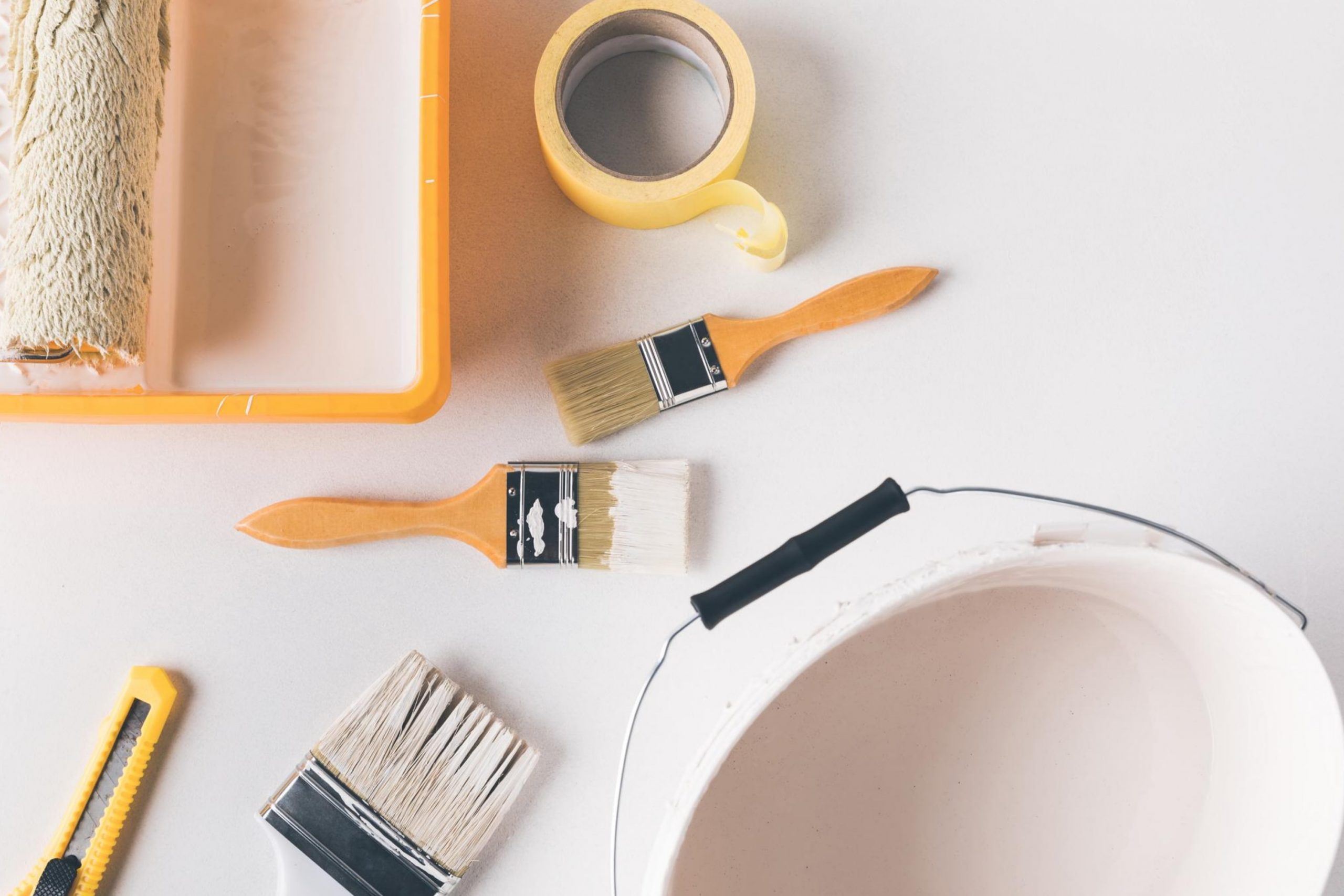
AntonMatyukha via VistaCreate
Table of Contents
Apply the Product
First of all, you need to apply the paint stripper to the area where you want to remove the old paint from.
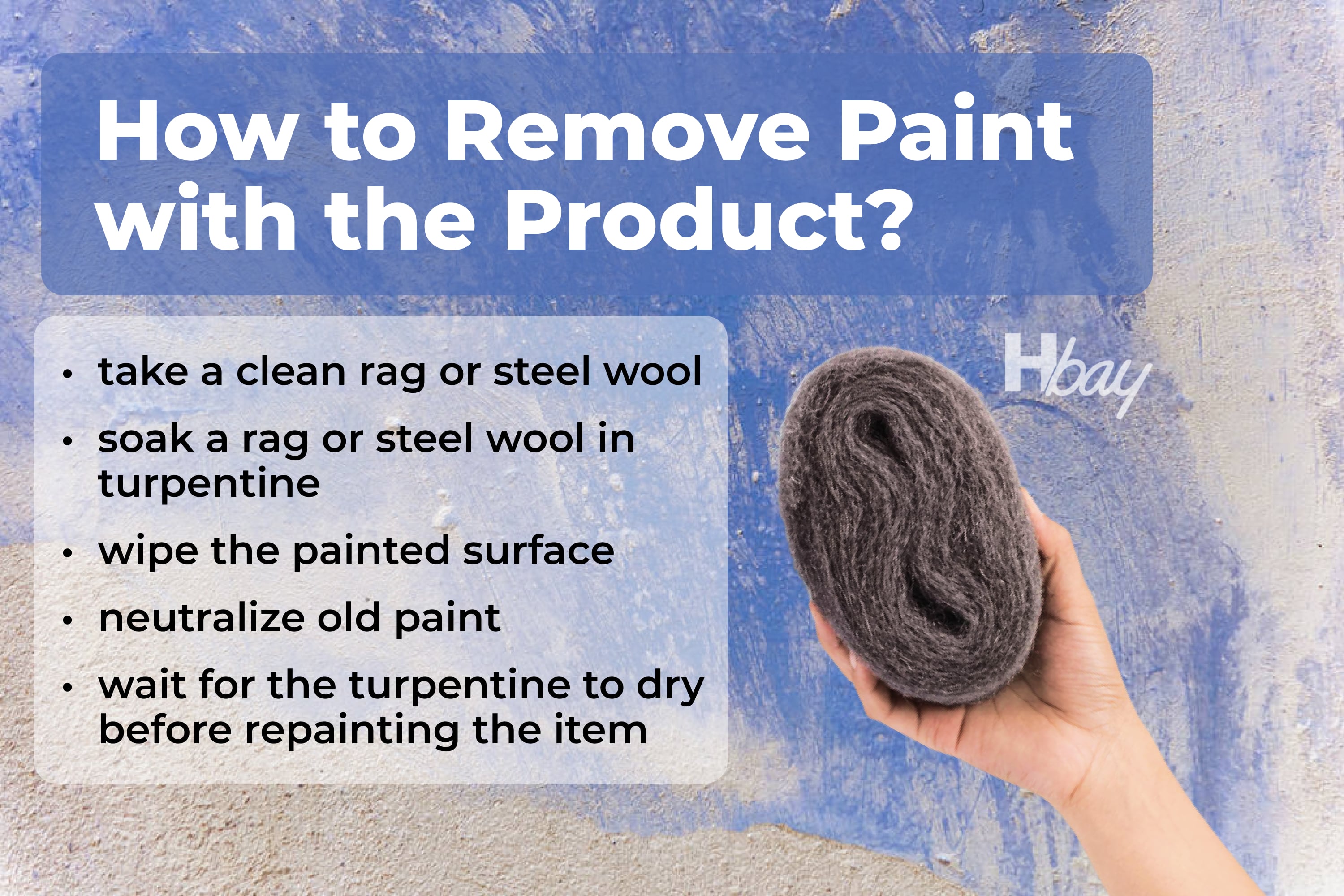
housekeepingbay.com
Like this, you will allow the product to work on the old paint thus maing it simpler to strip it away. To do it, follow a few easy steps:
- take a clean rag or steel wool
- then, soak a rag or a steel wool in turpentine until it is fully saturated
- and finally, rub it over the painted surface to neutralize the old paint
- wait until the turpentine is dry before repainting the item
If you are not sure how long you should let the paint stripper stay on the surface to work, check out the label. There must be an instruction for you.
Remove the Caustic Paint Removers
Now that you have removed the layer of old paint, you can move on and clean the stripping residue away as well.
To do it, mix white vinegar and water together in equal proportions. Stir the blend so that both components could create a homogeneous liquid.
Once this mixture is ready, rub it on the surface. It will help you to neutralize caustic paint removers.

nikolpetr via VistaCreate
Remove the Stripper Residue
After all the previous steps are done, it is time to get rid of the paint stripper leftovers on your item or surface. Do this by rubbing mineral spirits on solvent paint strippers to neutralize the remover.
Apply a Commercial Paint Neutralizer
This is the final step of your paint stripper removal procedure. Apply a commercial paint neutralizer according to the manufacturer’s instructions indicated on the product’s label.
Of course, these are an added cost but have the right balance of acids and bases to efficiently neutralize the stripper.
So, now you know what you should do in case you have removed the old layer of paint from a surface, and now you need to get rid of the paint stripper residue as well. As you can see, the procedure is rather simple.
Nevertheless, we would still recommend you follow all the instructions step by step ensuring that you do everything exactly as explained. Like this, chances are low that you accidentally skip one of the stripper removing stages.
As a result, you can be sure that you clean the paint stripper residue fully and thoroughly, and your nex layer of fresh paint will adhere perfectly.
What Is Paint Stripper?
Now that you have learned how to neutralize paint stripper correctly, you might be curious about what paint stripper actually is. Paint stripper (also known as paint remover) is a chemical substance that comes in either liquid or gel-like form.
It is designed for removing paint, as well as all sorts of coatings and finishes from various surfaces. It is also able to clean the underlying surface.
All paint removers that can be found on the market today can be divided into two major categories:
- Caustics
- Solvents
What is the difference, you probably wonder?
Well, caustic paint strippers work by breaking down the chemical bonds of the paint. Caustic removers must always be neutralized prior to applying the fresh coat of paint, otherwise, the new finish will not adhere at all or fail to adhere.

In addition, when using caustic paint removers, you need to take several side effects and health risks into consideration. Such caustic paint removing solutions are typically used by antique dealers who aim to restore old furniture by stripping off worn varnishes, for example.

housekeepingbay.com
As for the solvent paint strippers, they penetrate the layers of paint and break the bond between the paint and the object by swelling the paint.
By the way, there are alternative methods for paint stripping, except for using the paint stripper. Heat guns, for example, are one such alternative option. They can be successfully used instead of chemical paint strippers.
See, when heated, softened paint begins to clump and thus it becomes much easier to contain. Steam can also be used on large surfaces or massive items if you need some old paint to be stripped.
For example, steam can help with such objects as window sash since it can be placed inside a steam box.
How It Works?
No matter what paint stripper you are going to use, causic or solvent, each of these chemical solutions will have the same way of working. Paint strippers function similarly: through penetration of the paint film by the molecules of the active ingredient.
As a result, it causes the old paint layer to swell. In its turn, this volume increase causes internal strains, which, together with the weakening of the layer’s adhesion to the underlying surface, leads to the separation of the layer of the previously applied paint from the substrate.
How to Use Paint Stripper Correctly?
Some of you may say that it’s easy: you just need to read the instructions given on the label. However, those are just some brief and general recommendations.
And if you have never worked with the paint sripper before, you will most likely fail or do something wrong while trying to remove the old paint away. This is why you need a precise step-by-step guide!
But before you start, make sure that you are ready. Protect the area with plastic (6 mil. plastic is ok for that) and some craft paper to shield the floor and objects that can’t be removed.

It will protect them from the accident splatters of paint stripper.
Also, make sure that you are wearing protective gloves. Opt for chemical-resistant gloves since most paint strippers can easily eat through the rubber or latex, even if the product is considered to be green!
Finally, open at least one window in the room where you will be removing paint. Proper ventilation and airflow will remove the tixic fumes of the paint stripper.
Only after all this is done, can you move on to the paint removing procedure.
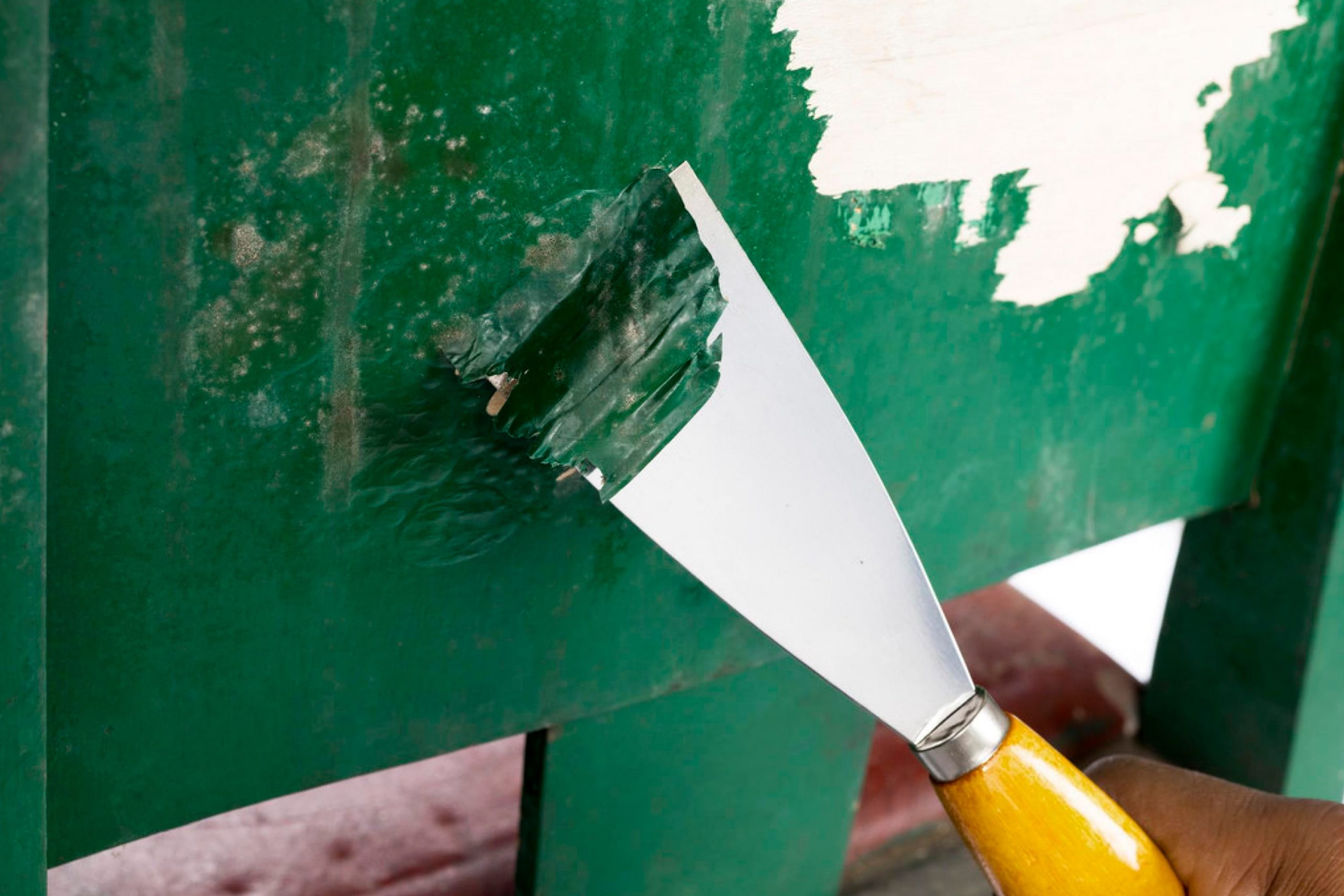
laurenthive via VistaCreate
Apply the Stripper
First of all, you need to apply the paint stripping product. Grab an old paintbrush or some disposable chip brushes and start brushing on the stripper.
At this point, consider that most chemical strippers work best when you apply them in a thick layer that thoroughly coats the surface!
If you apply it in a too-thin layer, the stripper will dry out and stop working.
Also, remember that, if you are going to work on a vertical surface, you need to make sure that you choose a paste-like stripper instead of a thin liquid.
It will help you to avoid it running off the surface while you are applying it.
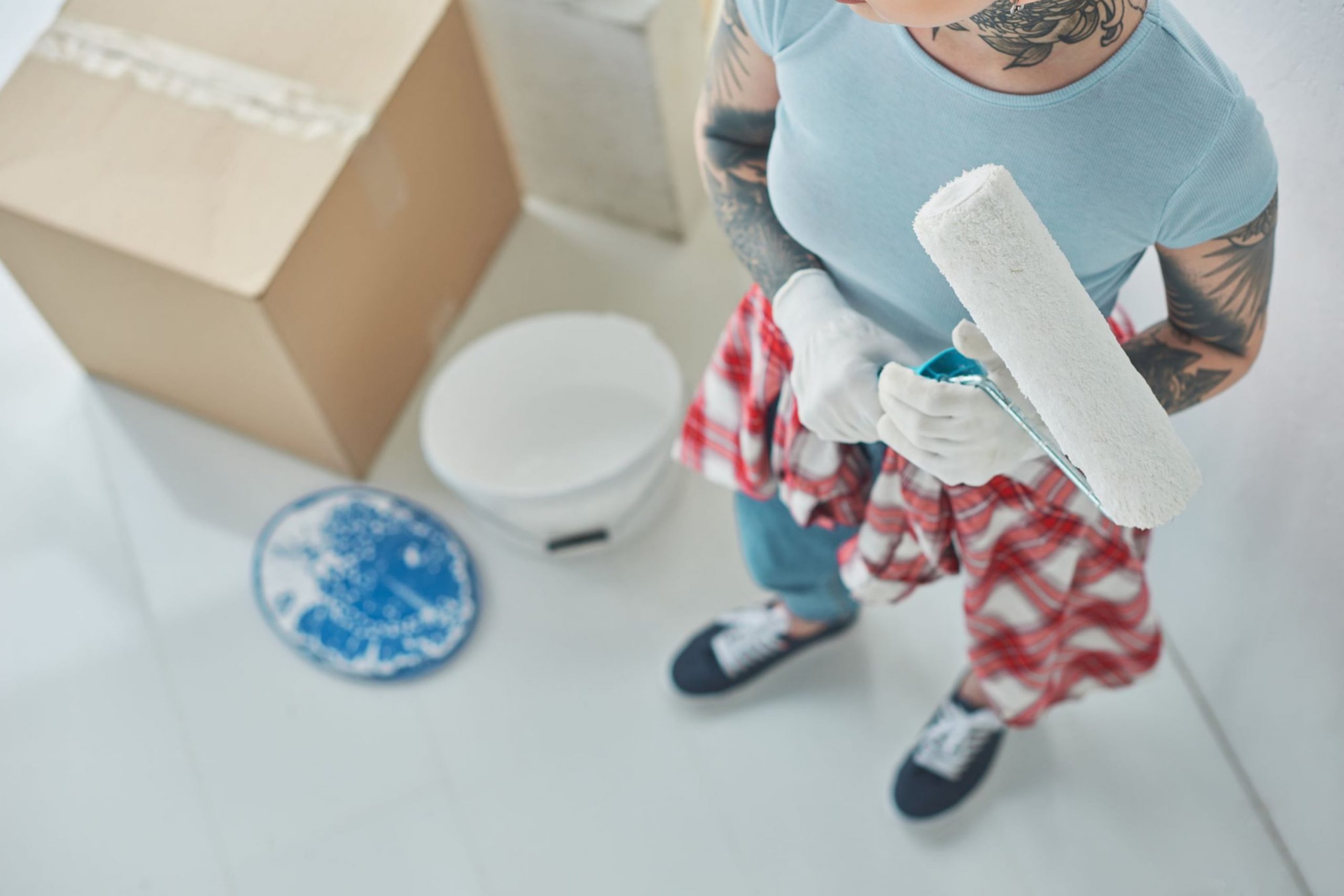
AllaSerebrina via VIstaCreate
Give It Enough Time to Sit And Work
Once you have an area covered with old paint coated with the stripper, it is time to wait. Depending on the strength of the product and the thickness of layers of paint, this waiting stage can take from minutes to even hours. So be ready to wait.
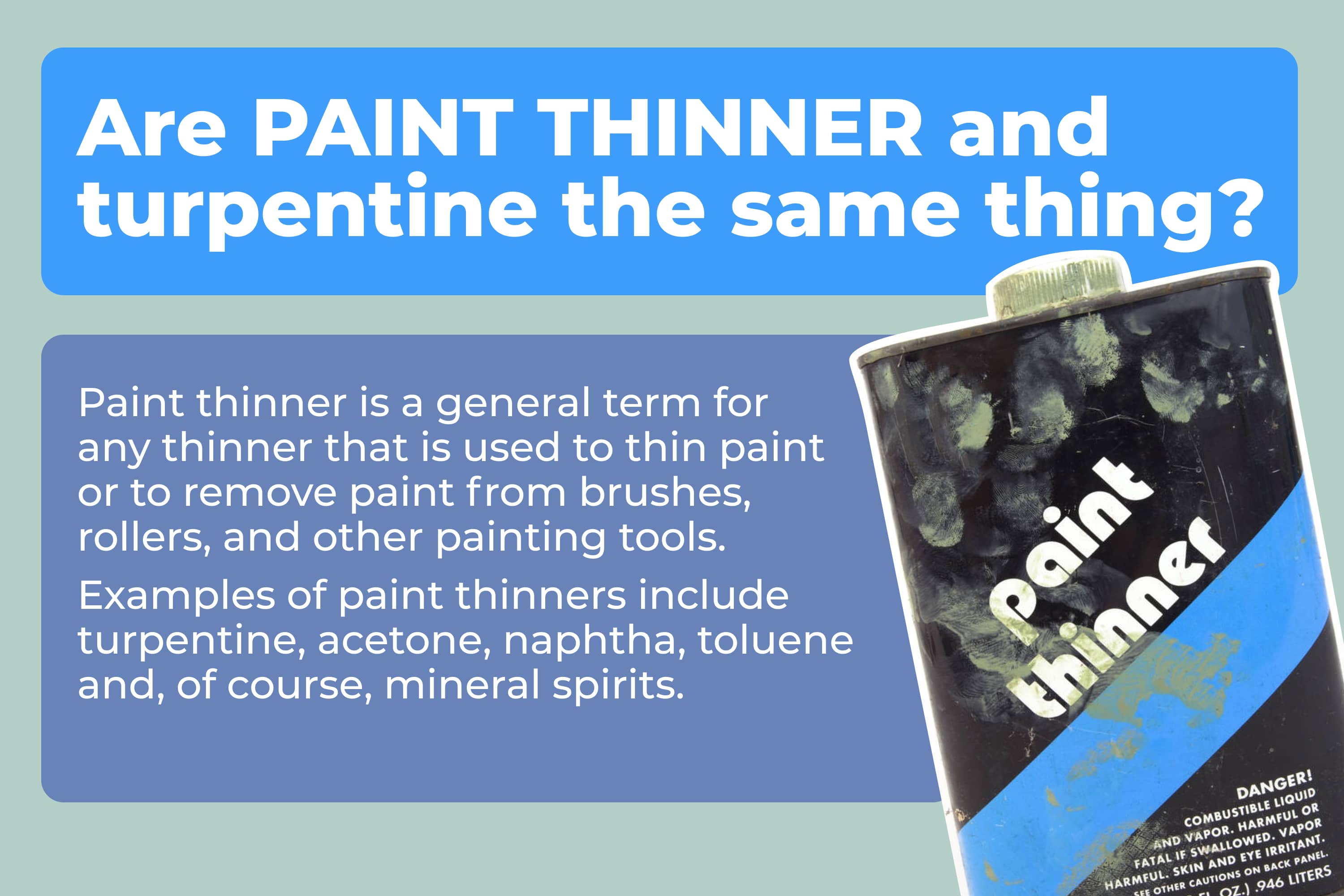
housekeepingbay.com
If you see the stripper thinning out and starting to dry, feel free to apply a little more in those areas to keep it coated. And then just wait some more.
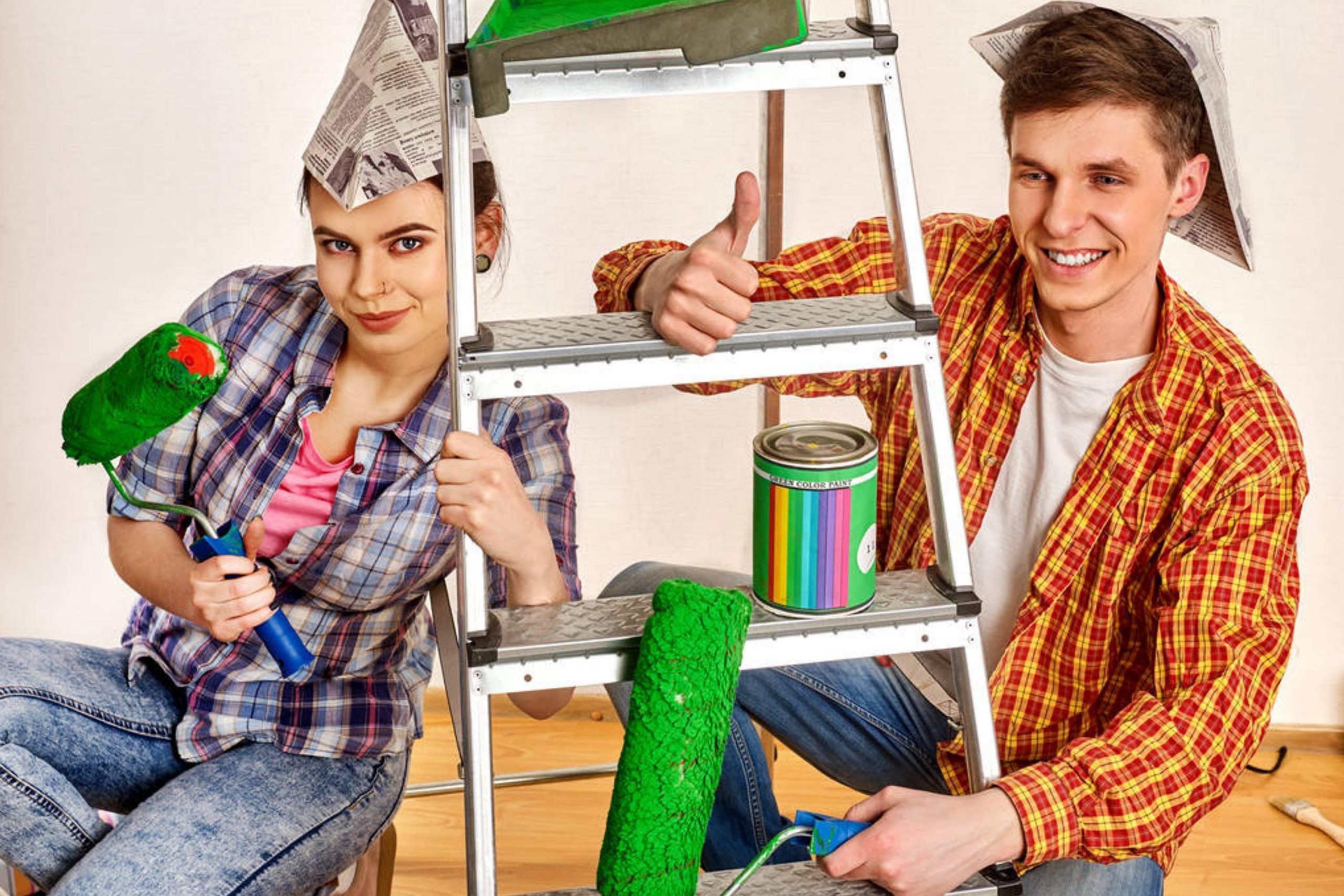
poznyakov via VIstaCreate
Strip It Off!
Finally, once you can see that the paint is thoroughly bubbled, be sure that it is ready to be scraped off. You don’t need a sharp scraper for this, however. A painter’s 5-in-1 or putty knife will work just fine.
You can use toothpicks or any other creative tool to get into hard-to-reach spots or little details.
Make sure that you scrape off everything you can, and if there is still solid paint underneath, you will need another application of stripper. Keep applying coats of stripper and scraping off the loosened paint until you get down to bare wood or whatever kind of surface material you have underneath the layer of old paint.

mikrokon via VistaCreate
Rememer to Clean Up!
This is the stage that most people often forget about or simply skip. However, cleaning up is essential, and this is why. See, after you make use of a paint stripper and remove the old layer of paint, there is a thin layer (more like a residue) of the stripping product that is left on the surface.
If you don’t get rid of that one, the new layer of fresh paint will not be able to adhere to the surface!
Each stripper has different requirements for neutralizing the surface you have just used it on. Some require water, for example, whilst others need mineral spirits.
Some removers may require something different. Follow the manufacturer’s instructions or you will have problems in the future!
It may take some time, especially if the surface is covered with multiple layers of old and dried paint.
However, if you do everything according to the given instructions, you can be sure that your paint remover will manage, and you get to the initial surface in the end.

michaklootwijk via VistaCreate
Ever wished paint sampling was as easy as sticking a sticker? Guess what? Now it is! Discover Samplize's unique Peel & Stick samples. Get started now and say goodbye to the old messy way!
Get paint samples




Frequently Asked Questions
⭐Are there green paint srippers?
Yes, there are. However, they are also harmful for humans so you still need to wear protection (e.g. gloves) when working with them.
⭐ How long can I store my paint sripper?
If it is stored according to the instructions (sealed and airtight), it can easily last for years without losing its power. You should never leave it open to be able to use it laer!
⭐Is paint stripper toxic?
Yes, this chemical product can often produce toxic fumes. Especially if heated. So make sure you use it in a well aired room and you have no heating objects near you.
10 thoughts on “How to Neutralize Paint Stripper?”
Leave a Reply

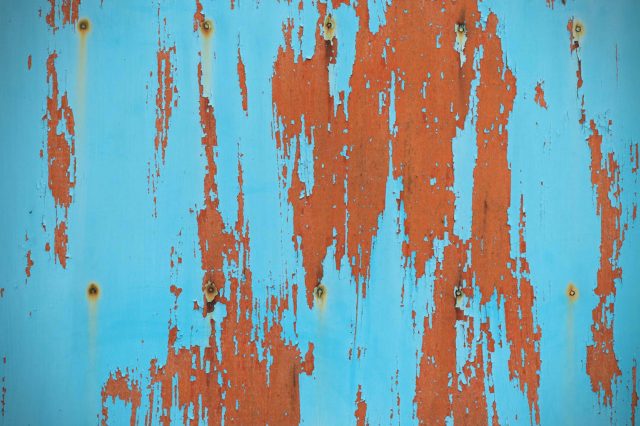

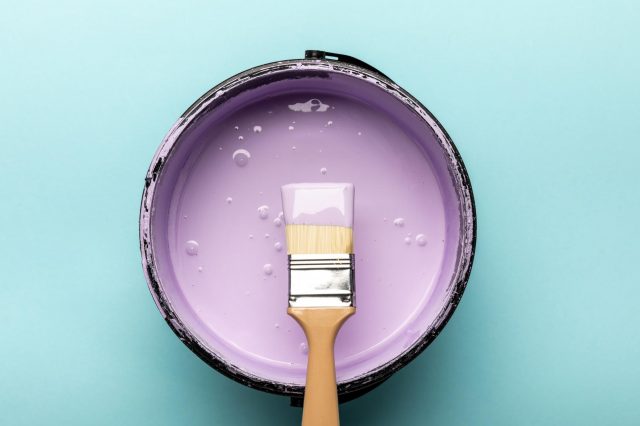
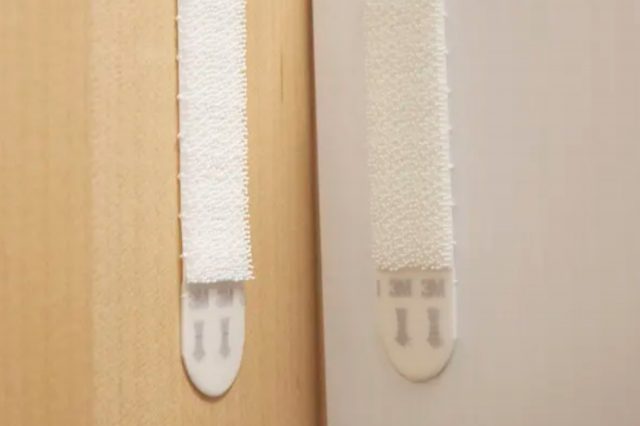

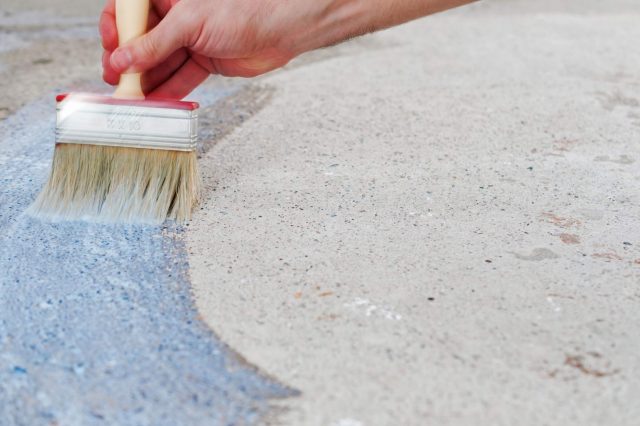

Hi! Since you’re discussing paint strippers here, maybe you know how to neutralize jasco paint remover?
Well, the only method I personally tried (and it worked) is that I mixed vinegar and water together in equal proportions, and rubbed it on the surface to neutralize this caustic paint remover.
Why is there a sticky residue after paint stripping? I used paint stripper several times (each time it was the same brand), but the residue was always there. Did I do anything wrong?
I guess you might not clean the surface thoroughly enough after you removed the stripper and the paint off your surface. I had that trouble a couple of times and back then, I thought it was the stripper’s fault. Silly me! I just had to wash and scrape the surface better.
Does anyone know how to apply paint stripper correctly, guys? I’ve never used it before so I’m not sure that the instruction on the label will help me a lot. Maybe somebody has real life experience with this stuff here?
Well, I usually test the stripper on a small area first to see how it works. If it’s ok, then I wash the area I’m going to strip (sometimes, you might need sanding at this stage as well). And then I just smear the stripper over the surface with a putty knife and spread with a thinner layer using a brush. Afterward, I cover the surface with plastic sheeting for 30 min. Voila! You can take the sheeting off and remove the paint!
Do I need to leave my paint remover for days to remove the paint? I heard that new strippers work slower, so maybe they also need more time to work?
Hello. They don’t work as fast as some old strippers indeed, but you definitely don’t have to leave them for days! Leaving your paint remover overnight is typically fine.
Hi! Does anyone know what could the problem be? My paint stripper doesn’t work! I applied it twice already, but the old paint is still there. What am I doing wrong?
Hey! I guess you might apply too little of it. Don’t skimp on the amount of paint remover! Apply it generously. If it doesn’t do the job after one try, you can always give it a second go. Apply the stripping product with a brush then, after the recommended waiting time, remove it with coarse steel wool.